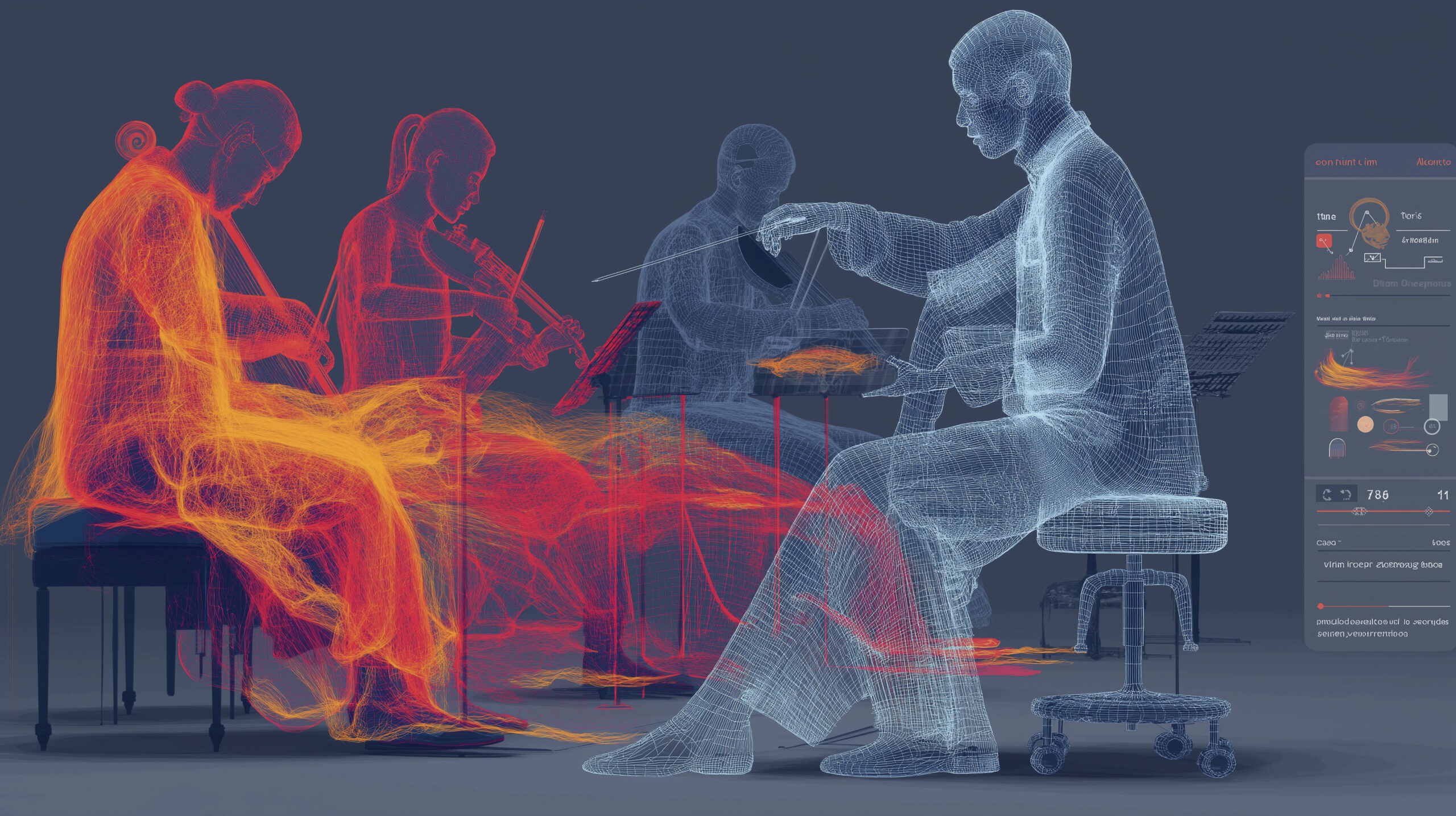Why Self-Awareness Is a Leadership Superpower
Why do some leaders inspire trust and clarity during times of chaos, while others unintentionally contribute to confusion and burnout? The difference often comes down to one essential trait: self-aware leadership.
In today’s fast-paced and ever-evolving business environment, emotional strength and adaptability are not just leadership advantages; they are necessities. Leaders face increasing pressure to navigate uncertainty, drive innovation, and inspire diverse teams. At the core of these demands lies one transformative skill: self-aware leadership.
I am Chris, a strategist and lecturer passionate about innovation leadership. Over the years, I have discovered that self-awareness is not a fixed quality; it is a dynamic, ongoing process. It involves understanding our emotional and behavioral patterns and recognizing how they influence our decisions, interactions, and the people we lead. Especially in environments with overlapping projects and diverse perspectives, self-awareness becomes a critical leadership compass.
How Self-Awareness Enhances Emotional Intelligence
Self-aware leadership forms the foundation of emotional intelligence. When leaders cultivate it, they unlock the ability to:
- Identify personal triggers and unconscious biases, leading to more intentional and less reactive decision-making.
- Build empathetic relationships, enhancing team cohesion and psychological safety.
Adapt communication styles to better connect with diverse personalities and working preferences.
Research indicates that self-aware leaders are better equipped to handle stress, make informed decisions, and cultivate positive work environments. This emotional intelligence not only benefits individual leaders but also contributes to the overall adaptability and strength of their organizations.
For a deeper exploration of emotional intelligence in leadership, consider reading Merging Emotional Intelligence and Creativity to Shape Future Leaders. Learn more about how to develop self-awareness on Harvard Business Review.

Personal Experience: A Self-Awareness Turning Point
Several years ago, I was leading a cross-functional project with tight deadlines and high visibility. As the pressure mounted, I noticed myself becoming overly directive, subtly shutting down creative contributions from quieter team members. A colleague eventually asked, “Is everything okay?” That question sparked a much-needed moment of reflection.
I realized my stress was shaping how I showed up. From that point on, I began starting each day with a short meditation, soliciting feedback more openly, and intentionally checking my mood before entering team sessions, brainstorms, and presentations. These small but consistent practices helped me re-center, communicate more effectively, and foster a more open, creative team environment. It all began with the courage to look inward.
Inclusive Practices in Self-Aware Leadership for Neurodiverse Teams
An increasingly vital and often overlooked dimension of leadership today is embracing neurodiversity: the natural variation in how individuals think, process information, and solve problems.
Neurodivergent team members, including those with ADHD, autism, dyslexia, and other cognitive differences, bring unique strengths such as:
- Unconventional problem-solving that challenges traditional thinking.
- Exceptional pattern recognition and attention to detail.
Creative ideation that can spark breakthrough innovations.
To fully benefit from these assets, leaders must build cultures where neurodivergent individuals can thrive. This requires:
- Inclusive management practices that honor diverse working and thinking styles.
- Clear, structured communication to reduce ambiguity and support understanding.
Workplace flexibility and individual support, enabling people to operate at their best.
Explore practical strategies for inclusion via CIPD’s guide to neurodiversity in the workplace.
Conclusion: Lead from the Inside Out
Self-aware leadership is not just a personal development exercise; it is a strategic advantage. It requires reflection, vulnerability, and a commitment to continuous learning. By understanding our own inner landscapes and honoring the diverse minds within our teams, we can build work environments where innovation, trust, and adaptability thrive.
Read more on transcendent leadership and inclusive practices.
What role has self-awareness played in your leadership journey?



